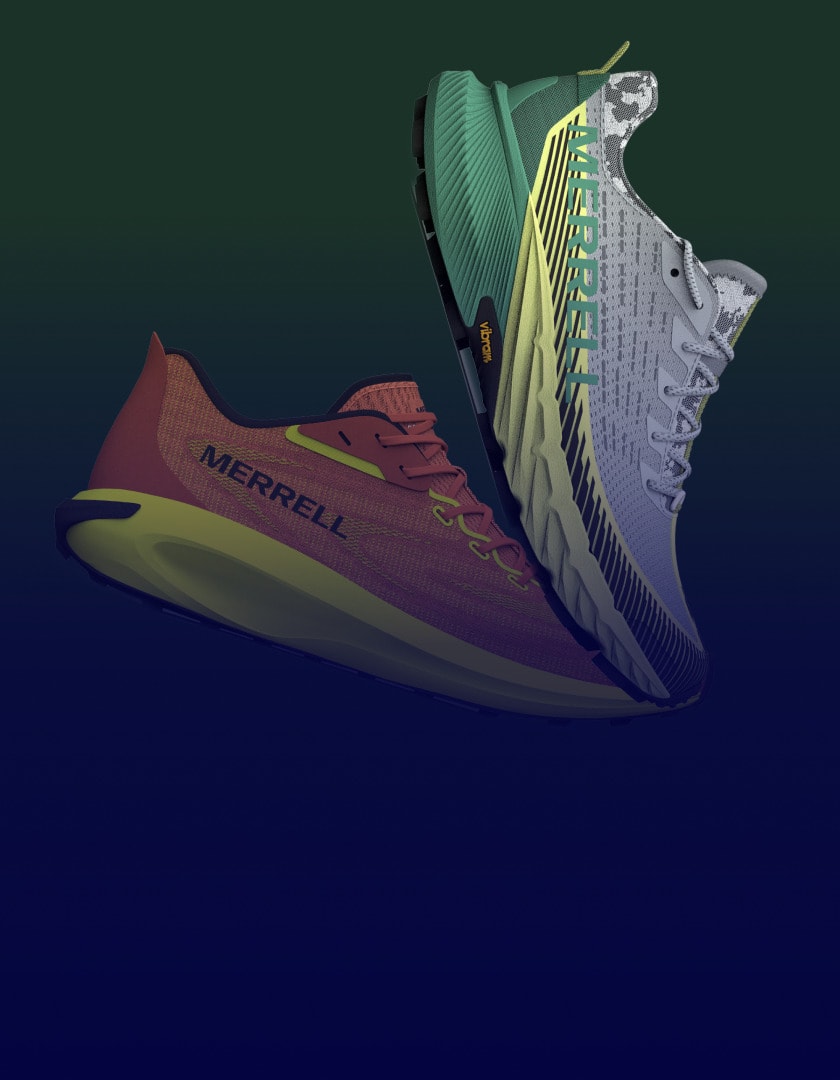“We had massive performance issues with the system. Having two PLMs in place resulted in a lot of misalignments in terms of data among the two systems.”
Martin Buchbauer, Head of Brand Operations Marketing at Swarovski, talks about not just one, but two legacy PLM platforms that Swarovski was using at the same time on different sides of the business. “We ended up having two different PLM systems implemented half a year apart. And then of course, we tried to connect those two systems to one another and also to our ERP. It was highly complex to create these connections. We operated like this for a couple of years, but weren’t satisfied.” The company finally said that enough was enough, and decided to move to one single PLM solution. What was the journey they took to get there, and what benefits have they since experienced?
Since 1895
Founded in 1895 in Austria, the company designs, manufactures and sells fine crystal, gemstones, Swarovski Created Diamonds and zirconia, jewelry and accessories, as well as crystal objects and home accessories. Swarovski Crystal Business (the sister businesses are Swarovski Optik (optical devices) and Swarovski Tyrolit (abrasives)) has a global reach with approximately 2,400 stores and 6,700 points of sales in around 140 countries, and employs more than 18,000 people. Swarovski sells direct-to-consumer as well as via retailers, with limited sales of crystals as raw materials to select, high-end brands.
Upgrade or Replace?
In 2011, two different departments had projects which they deemed required a PLM system. Buchbauer addresses the PLM system on the marketing side. “We realized during implementation that the vendor had over-promised many of the functionalities that we were expecting to be available out of the box. Luckily we have a very strong IT team in place at Swarovski and they did a lot of customization because they had to. We ended up with about 67% of the functionality having been customized.” However, a few years later Swarovski needed to upgrade the solution. They came to the conclusion that the cost of upgrading was comparable to a buying a new solution due to the highly customized setup. It wasn’t worth it in terms of the time and cost of recreating the functionality in the new version.
Logically, Swarovski first explored going with the other legacy system to use company-wide. There were a couple of exploratory sessions but Buchbauer says, “We began to recognize that they couldn’t give us what we needed.”
In a fortuitous coincidence, Centric Software®’s sales director contacted Buchbauer right around then. Buchbauer says, “It was just the perfect timing. We explained our situation and within a very short time—a couple of weeks—Centric managed to set up some demo sessions and use cases. What was presented was very convincing to us; most of the users that attended the sessions were surprised by what Centric Software could offer us.”
Jose Perez, Senior PLM Manager Brand Operations explains, “We work with the concept ‘process comes first’—the system should support our process and not the other way around. We needed a solution which would automate our new idea-to-shelf process as it was conceived. Centric PLM was able to do that.”
Going with the Flow
Perez discusses the Centric PLM™ launch in 2020. As with any implementation, there were some bumps along the way. Additional functionalities that Swarovski wanted weren’t yet available. The Centric team, recognizing Swarovski’s expectations and in keeping with its customer-centric approach especially with regard to the innovation roadmap, partnered with Swarovski to achieve a satisfactory result. Perez says, “Centric was very clear with us. They said, ‘We don’t have it but we are very interested in building this together with you.’ Those functionalities included workflow-enhanced collaboration—supporting, tracking and reporting on process milestones and tasks, plus multisourcing capabilities. Perez notes, “Centric developed the first real multisourcing development platform we are aware of among the software we evaluated.”
The implementation itself was well organized. Perez says, “The success of the project was due to thorough planning. Centric offered us a very strong team. We started by doing discovery sessions where we were mapping our needs and deciding how we were going to work. Martin (Buchbauer) already mentioned that we have a very strong IT team. To make the project go smoother, we divided some of the tasks between our internal and external teams.”
Swarovski was set to do in-house training with the different teams, but then COVID-19 hit. Perez recalls, “Our flights were canceled that weekend.” The company quickly switched to doing the training virtually. He continues, “Here’s where the tool already shows how powerful it is. Because even when we did everything remotely, the adoption of the system was quite fast.” Perez trained over 300 users worldwide, getting them up and running completely remotely.
Everyone Benefits
Today, Centric PLM is used across all departments: marketing, product development, design, quality, manufacturing, sourcing, merchandising, controlling, online. It is directly connected to ERP, a 3D program and Adobe® Illustrator. Buchbauer says, “By nature, if you have to only work in one system compared to two, that makes things easier. So for example, all these complex interfaces and the maintenance for those interfaces, are gone now. Having Centric PLM has also had a very positive impact on data accuracy. This misalignment that we faced in the past between two systems doesn’t exist anymore. And of course, I think the user interface is much more intuitive, more modern, which really helped a lot to improve efficiency, in terms of the users entering and updating data. It’s a lot faster than it was in the past.”
Perez says, “We have a different organization now than when we first implemented—different structure, different teams. But where we really noticed it, was the system never held the company back when we needed to get information. Centric PLM accompanied our business transformation. And that was really important.”
In the old PLM system, it took about five minutes for a complete download of all the segments of a collection. With Centric, you have it within a couple of seconds. And this is one of the most used downloads.”
Another example is the reduction of spreadsheets. The company went from creating 300 spreadsheets per collection, twice a year, down to 20 per collection. That’s a reduction of 600 to 40 or 93% per year. And, even though speed-to-market isn’t a current goal, Swarovski was able to reduce their go-to-market time by 3 months using Centric PLM.
Swarovski has met their goal of integration with different modules in SAP, Rhino 3D software and Adobe Illustrator, among others. Perez says, “This flexibility has been key for our users to adopt Centric PLM as their central working tool. Other functionalities we need are complex costing calculations where different cost scenarios can be determined, taking both operational and material costs into consideration.” Finally, powerful material and BOM management makes it possible to maintain different BOM options and versions.
Centric Visual Boards
With the reorganization of the company and a renewed emphasis on creative design including the arrival of a new Creative Director, people were spending a lot of time preparing presentations to visualize collections in different ways. Perez says, “It was a highly manual effort; at one time 40% of our product marketing team was doing nothing but creating presentations to show the collection ideas. They were asked to present the collection by color for example. Product marketing was putting images one by one into slides, sizing and resizing and adjusting the quality of the images.” This type of work is so time-consuming with little added value that building a business case for automation was logical.
Buchbauer concludes, “And with that business case, we finally got the approval from our CEO to go ahead.”
Swarovski looked to Centric’s Visual Assortment Boards, which give buyers, merchants, designers, planners, sourcing, sales and retail teams a strategic view of the product assortment in a visual pivot table so that the assortment can be flipped different ways— for example by color, delivery, channel, etc.—to build as robust a collection as possible for optimal performance at retail and a coherent brand experience across all channels and points in time.
Visual is Better
Buchbauer explains, “Part of our group owns ideation and the whole process of developing the collections through to reaching the stores. The other part of the group focuses on the communications— developing, planning and creating the assets to promote the product.” That communications team now has direct access to the data associated with the products to craft their messages.
Says Perez, “As with PLM, the Visual Boards have released time to focus on what’s most important now. That is the most significant gain—the teams can work on what matters most. Also valuable is the improvement of communication between creation and product marketing. Being a visual tool, you’re able to present information in a more comprehensive way. For the user, when you touch and see, it’s easier to prepare and to group information.”
Buchbauer adds, “Building on that, I would say it’s the only possible way to bring data closer to our creative teams. There’s no other way to do that.”
“In the end, if you don’t bring the creative team to the data, you will always have a gap in turning creative information into digital information,” says Perez. This is often the bottleneck in the process. He continues, “So, you always will need to have someone translating between the two worlds, but if it is a person, information can be missed. It’s like the Tower of Babel where you have the creative people speaking their language and the data geeks speaking only data but Centric Visual Boards act as the translator.”
And, after just one year, Centric Visual Boards have met the business case promises. Perez notes, “Product marketing was spending 1-1.5 days to create a specific report that we use most. Now, with the click of a button, you can have it in 15 minutes, max.”
New to Centric PLM? Learn more
What is Centric Pricing & Inventory? Learn more
What is Centric Market Intelligence? Learn more
Centric Visual Boards Learn more















